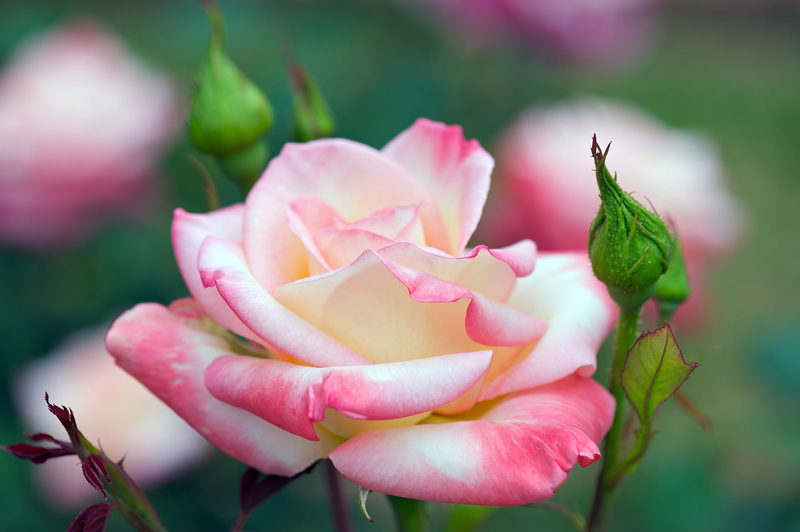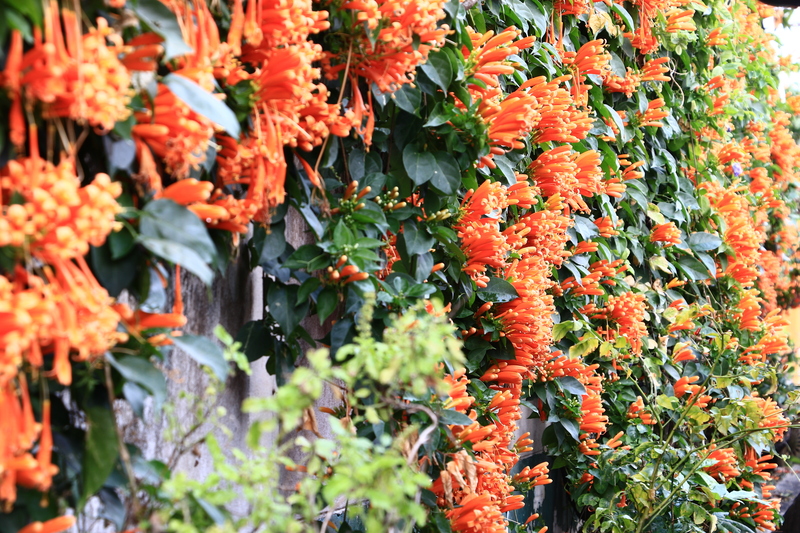Dive into the world of gardening with 9 essential tips for first-timers
Posted on 24/05/2025
Dive Into the World of Gardening with 9 Essential Tips for First-Timers
Gardening is a rewarding journey, offering not just the joy of fresh blooms and harvests, but also relaxation and a closer connection to nature. If you're considering starting a garden for the first time, you may feel both excited and unsure where to begin. Worry not! This comprehensive article dives into the world of gardening and presents nine essential tips for first-time gardeners that will help you plant with confidence and nurture your green thumb.
Why Start Gardening?
Whether you possess a spacious backyard or a small balcony, gardening offers numerous benefits:
- Improves mental health: Spending time outdoors reduces stress and anxiety.
- Physical activity: Gardening tasks keep you active and fit.
- Fresh produce: Homegrown fruits, vegetables, and herbs are tastier and healthier.
- Environmental contribution: Plants improve air quality and support pollinators.
Ready to dig deeper? Let's explore these essential gardening tips for beginners that will set you on the path to success!

1. Pick the Right Spot for Your Garden
Before sowing the first seed, location is key. Observe your outdoor or indoor spaces carefully and consider:
- Sunlight Exposure: Most vegetables and flowers thrive in 6-8 hours of direct sunlight daily.
- Accessibility: Is the spot easy to reach for watering, weeding, and harvesting?
- Drainage: Avoid areas where water tends to pool after rain.
- Protection: Sheltered locations may protect delicate plants from strong winds or harsh weather.
2. Know Your Soil
Soil quality is the foundation of a successful garden. Plants draw nutrients, water, and air through their roots, so healthy soil is essential. To assess and improve your soil:
- Test your soil: Purchase an affordable pH test kit from a garden center to check acidity or alkalinity.
- Add organic matter: Incorporate compost or well-rotted manure to enrich nutrients and enhance drainage.
- Texture test: Squeeze a handful of damp soil. If it forms a tight ball, it's clay-heavy; if it crumbles, it's sandy. Most plants thrive in loamy soil, a balanced mix.
Healthy soil = healthy plants!
3. Start Small and Simple
Resist the urge to create a massive garden at first. Beginning with a modest plot or a few pots allows you to focus on learning the basics:
- Choose easy-to-grow plants like lettuce, radishes, marigolds, or sunflowers.
- Group similar plants together to simplify care routines.
- Track your progress and take notes on plant performance.
Gardening success comes from steady progress, not perfection.
4. Select the Right Plants for Your Climate
Not all plants thrive everywhere. Research your area's growing zone or USDA Hardiness Zone and choose plants suited to local temperatures and rainfall:
- Visit local nurseries: Staff can recommend plants known to perform well in your region.
- Read plant labels: Look for information about sunlight, watering needs, and hardiness.
- Consider native plants: These often require less maintenance and support local wildlife.
5. Master Watering Techniques
Proper watering is a make-or-break factor for many beginners:
- Consistency: Keep soil evenly moist, but avoid overwatering, which can cause root rot.
- Check before watering: Stick your finger an inch into the soil. If it's dry, it's time to water.
- Water early or late: Water in the morning or evening to minimize evaporation and avoid scorching leaves.
- Water at the base: Focus water on soil, not leaves, to prevent disease.
- Mulch: Add a layer of mulch to reduce evaporation and prevent weeds.
6. Feed Your Plants the Right Way
Fertilizing gives plants the nutrients they need to flourish:
- Organic options: Compost, worm castings, bone meal, and fish emulsion nourish soil naturally.
- Follow guidelines: Each plant variety has different feeding needs. Read packaging or consult a gardening guide.
- Don't over-fertilize: Too much fertilizer can burn plants and harm beneficial microbes.
7. Prevent Weeds and Pests
Weeds and insects can compete with or damage your plants, but you can keep them at bay with some simple strategies:
- Mulching: A thick mulch layer suppresses weed growth.
- Hand weeding: Regularly pull weeds before they set seed.
- Companion planting: Grow herbs like basil or marigolds to deter common pests naturally.
- Attract beneficial insects: Encourage ladybugs, bees, and lacewings which eat harmful pests.
- Inspect plants often: Spotting issues early can prevent major infestations.
8. Learn the Art of Pruning and Deadheading
For lush, healthy plants, it's important to prune and deadhead regularly:
- Pruning: Trim broken, diseased, or excess branches to promote air flow and growth.
- Deadheading: Remove spent blooms to encourage fresh flowers and prolong the blooming period.
- Right tools: Invest in sharp, clean shears for clean cuts that heal quickly.
9. Enjoy the Learning Process and Keep a Garden Journal
The most rewarding gardens grow from curiosity and observation. Embrace the learning curve by:
- Documenting: Take notes on what you plant, weather patterns, and successes or failures.
- Taking photos: Visual records highlight progress and help diagnose issues.
- Connecting: Join gardening forums, read books, watch videos, or attend workshops.
- Pacing yourself: If something doesn't work out, try again or experiment with new approaches.

Bonus: 5 Quick Gardening Mistakes Beginners Should Avoid
- Planting too closely together - overcrowding harms growth.
- Ignoring plant tags or growing instructions.
- Using poor-quality soil without amending it.
- Forgetting to water during hot spells or overwatering in cool, damp weather.
- Letting weeds or pests get out of control before acting.
Conclusion: Your Green Thumb Awaits
Diving into the world of gardening can seem daunting at first, but with these 9 essential tips for first-timers, you're well equipped to begin cultivating your own vibrant, healthy garden. Every expert gardener was once a novice--what matters most is your willingness to learn, observe, and adapt.
As you put these beginner gardening strategies into action, remember to celebrate your progress--no matter how small. Each sprout and bloom is a testament to your care and curiosity. Now grab your gloves, select your seeds, and enjoy your gardening journey!
Further Reading & Resources
- Beginners Guide to Gardening - Gardeners.com
- RHS Gardening Advice for Beginners
- Old Farmer's Almanac - Gardening Guide
Happy gardening!

